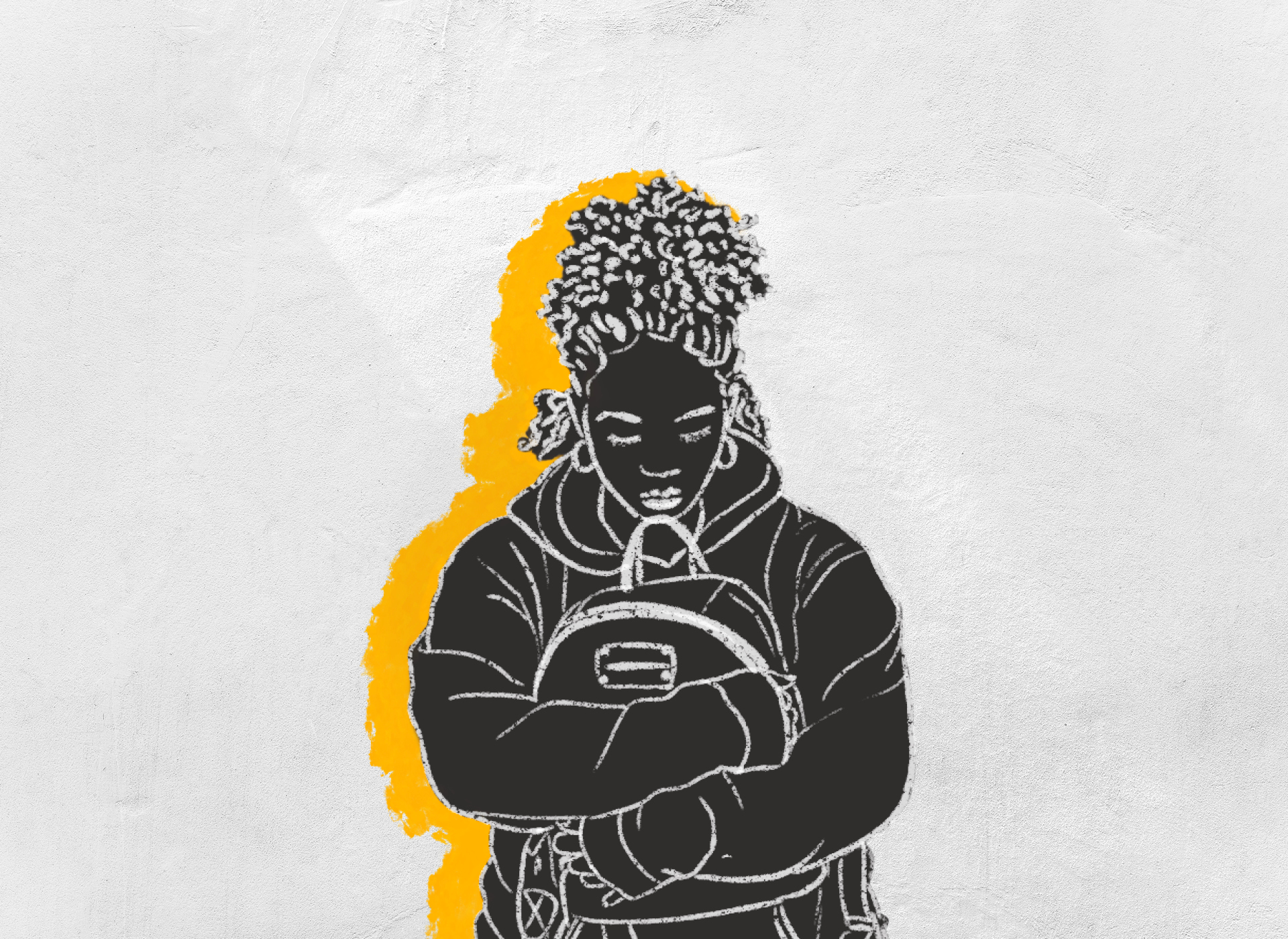Child Sex Trafficking: What is it, REALLY?
January is Human Trafficking Awareness month, and NCMEC is excited to educate parents, caretakers and youth on what child sex trafficking is, what it can look like, and how to prevent this form of child abuse. Our data shows child sex trafficking happens in every state, to children of all genders and race and is often perpetrated by people the child knows and trusts – family members, romantic partners, and perceived friends. Unfortunately, there is a lot of false information being shared so let’s talk about what we see at NCMEC based on the over 19,000 reports of possible child sex trafficking we received in 2022.
Trafficking often happens to those who are vulnerable. Traffickers are opportunists who are attuned to identifying unmet needs in youth. Need connection? Love? Kicked out or not accepted due to gender identity or sexual orientation? Homeless and in need of food or shelter? Traffickers take advantage of these circumstances and vulnerabilities as opportunities by building false trust and relationships. One survivor said “Most of my childhood I was moved from foster home to foster home. My Trafficker was the first person to ask about me, my hopes and dreams and he listened. This was the first time anyone had really seemed interested in who I was.”
What can you do to prevent this from happening to the youth in your life? One important step is to have open and honest conversations about who they are talking to whether online or in-person. Approach these conversations with love, curiosity, and without judgement. NCMEC offers tools like Netsmartz to start safety conversations around the internet and relationships. We also offer free online CST 101 courses through NCMEC Connect to expand your knowledge.
In meeting youth where they are and helping them build the skills to identify safe adults and healthy relationships- we have the ability to help them flourish. Because every child deserves a safe childhood.
